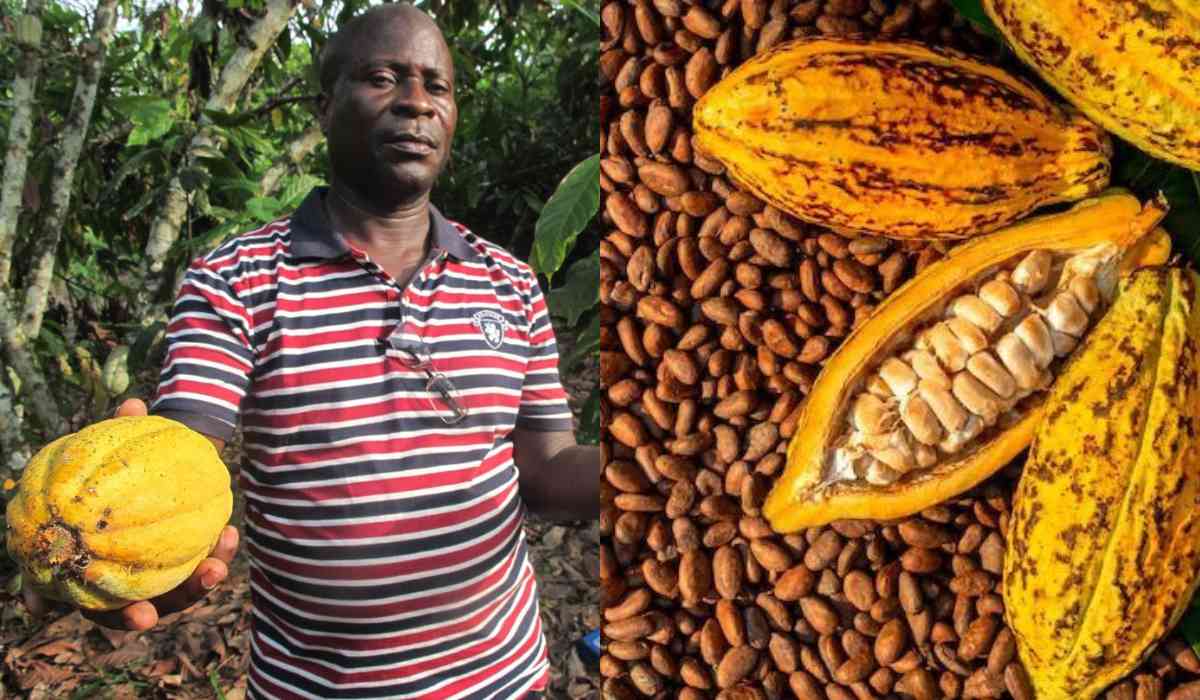“This virus is a real threat to the global supply of chocolate,” said Benito Chen-Charpentier, a professor of mathematics at the University of Texas at Arlington.
Consider this as a cocoa catastrophe. A virus outbreak in West Africa is wreaking havoc on cacao trees, the primary source of cocoa beans used in chocolate production worldwide. The virus, rapidly destroying cacao trees, is spread by a tiny insect.
Virus Outbreak
A recent publication in the journal PLoS ONE uncovers a concerning reality: Cacao Swollen Shoot Virus Disease (CSSVD) is causing big problems for cacao trees in Ghana, its cacao harvests are suffering significant losses (15-50%).
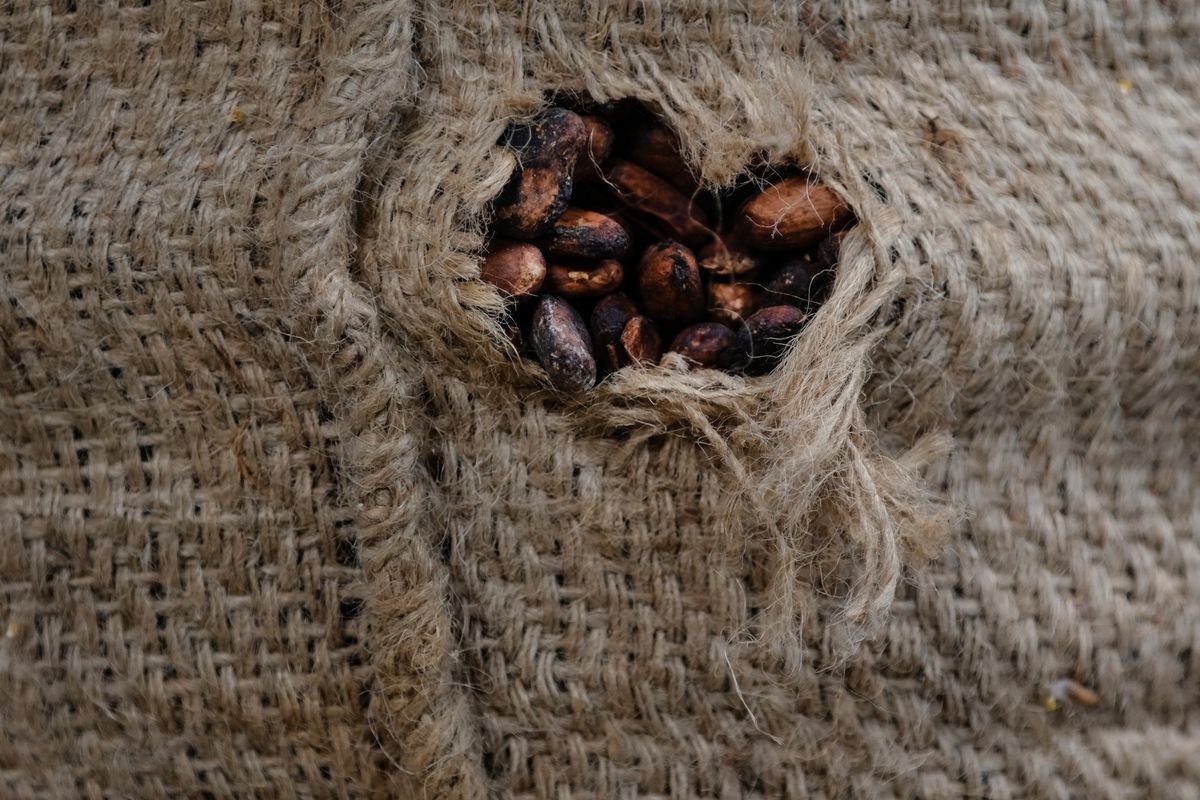
Mealybugs, small insects, are the main carriers of the virus, spreading CSSVD by feeding on infected cacao tree leaves, buds, and flowers then transmitting it to healthy trees.
"This virus is a real threat to the global supply of chocolate," study co-author Benito Chen-Charpentier said in a statement.
Some concerning symptoms of this virus in healthy trees
- swollen shoots
- discoloured leaves
- distorted growth.
- red veins appearing on immature leaves
- rounding and shrinking of the cacao pod

Concerning?
The infected trees are quickly losing their productivity and are usually dying within a few years. A significant loss in cocoa trees in Ghana is a big deal because a lot of the world's chocolate comes from West Africa, especially Ivory Coast and Ghana.
Significantly, approximately 50 percent of the world's chocolate is sourced from cacao trees in the West African nations of Ivory Coast and Ghana. In 2022, Ivory Coast produced 2.2 million tonnes of cacao, while Ghana produced 1.1 million tonnes.
Also Read: The World is in a ‘Cocoa Crisis’ (vygrnews.com)
Sadly, The West African country has lost more than 254 million trees to this disease. Just last year, a 27-hectare cocoa plantation in western Ghana had nearly 6,000 trees, but today, only a few remain.
Since 2018, data from Reuters shows that Ghana's cocoa marketing board, Cocobod, estimates around 590,000 hectares of cocoa plantations are affected by swollen shoot disease. Cocobod states Ghana currently has approximately 1.38 million hectares of cocoa cultivation land, including infected trees still producing cocoa.
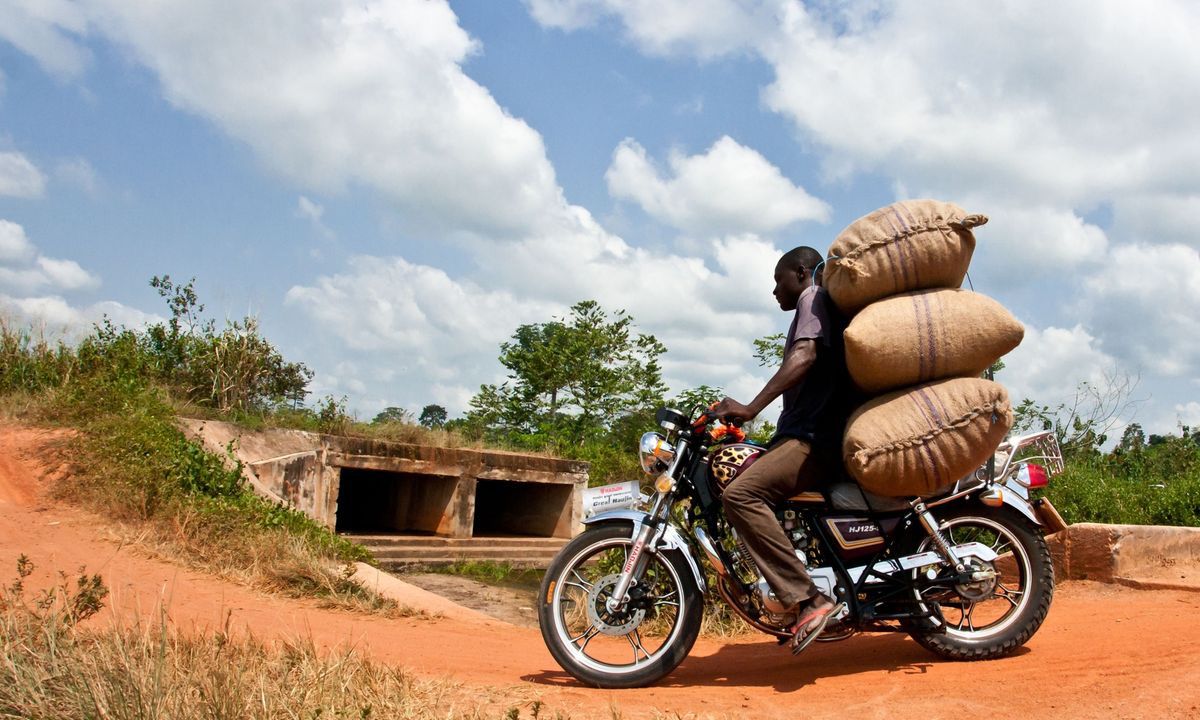
According to the study, scientists attribute the disease's spread to factors such as globalisation, climate change, agricultural intensification, and decreased resilience in production systems.
The rapid spread of this virus presents a serious threat to the global chocolate industry. Experts caution against the crisis's possible effects on chocolate prices, which could soar due to dwindling cocoa supplies.
What is the Major challenge?
Preventing the spread of the virus presents a major obstacle because of the persistent nature of the mealybug carriers, which makes eradicating the virus extremely challenging. There are no easy fixes for the problem because the mealybug carriers are difficult to eradicate.
"Pesticides don't work well against mealybugs, leaving farmers to try to prevent the spread of the disease by cutting out infected trees and breeding resistant trees. But despite these efforts, Ghana has lost more than 254 million cacao trees in recent years," Chen-Charpentier said.
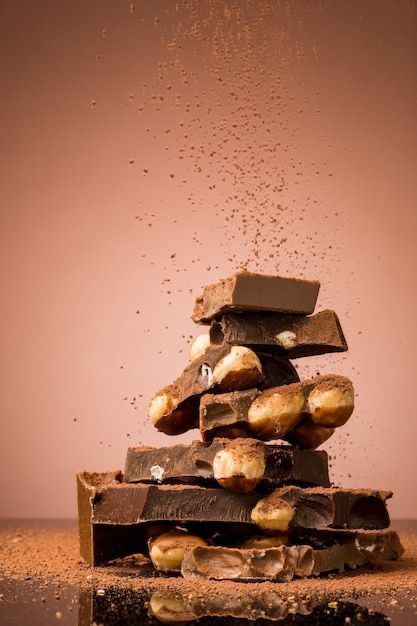
What are some Possible Solutions?
Vaccination- Has its own Challenge
Vaccinating trees appears feasible but comes with drawbacks. The expense of vaccines poses a challenge for farmers, and even though vaccinated trees produce less cocoa, the economic strain is worsened by the high cost and reduced yield.
Spacing the Trees- The Most effective
Researchers propose a potential solution in their new paper: strategically spacing the trees. By planting cacao trees at specific distances from each other, their models suggest it could disrupt the travel routes of mealybugs, thus impeding the virus's spread. They described two models where unvaccinated trees are surrounded by vaccinated ones, creating a kind of herd immunity.
Chen-Charpentier said, “What we needed to do was create a model for cacao growers so they could know how far away they could safely plant vaccinated trees from unvaccinated trees to prevent the spread of the virus while keeping costs manageable for these small farmers."
"While still experimental, these models are exciting because they would help farmers protect their crops while helping them achieve a better harvest," Chen-Charpentier said. "This is good for the farmers' bottom line, as well as our global addiction to chocolate."
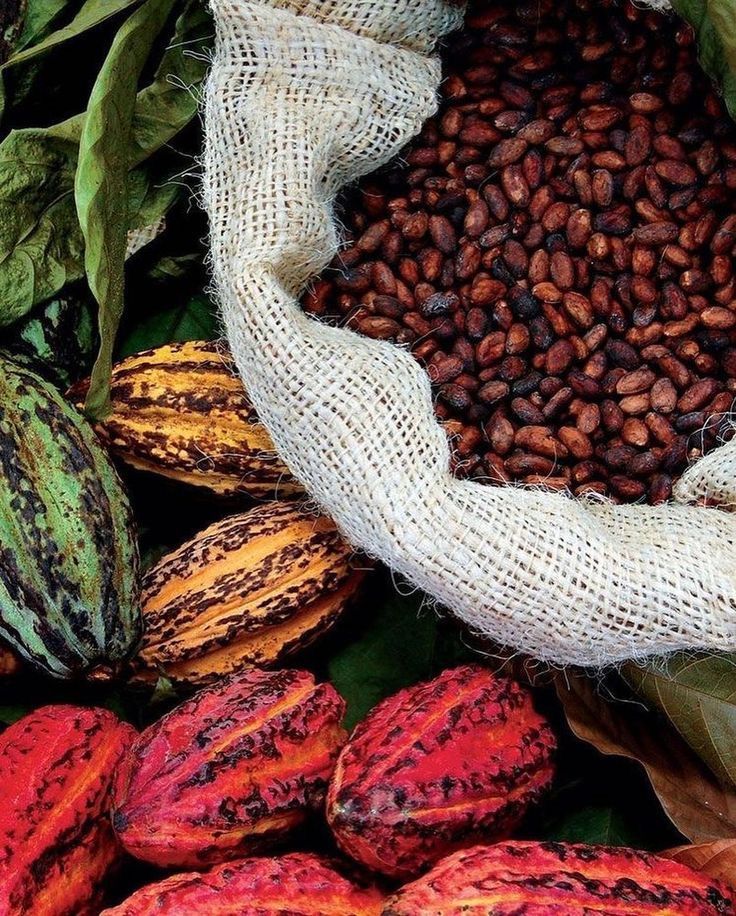
More about cacao trees
The main source of chocolate in the world is Theobroma cacao, also known as chocolate trees. These tropical trees are native to Central and South America's deep tropical regions, where they flourish in the damp, shaded understory of forests. Their growth pattern, known as cauliflory, produces vibrant cacao pods directly attached to their trunks and larger branches. They typically reach heights of 4 to 8 metres.
A cacao tree's life cycle begins with its pollinated flowers, which produce mature pods that take several months to develop. Twenty to sixty beans are enclosed in a pulpy, sweet matrix by each pod. The beans are processed, dried, and fermented after harvest to make different kinds of chocolate.
The economic significance of cacao cultivation is still present today due to the world's demand for chocolate, even with the difficulty of advancing just and sustainable farming methods.
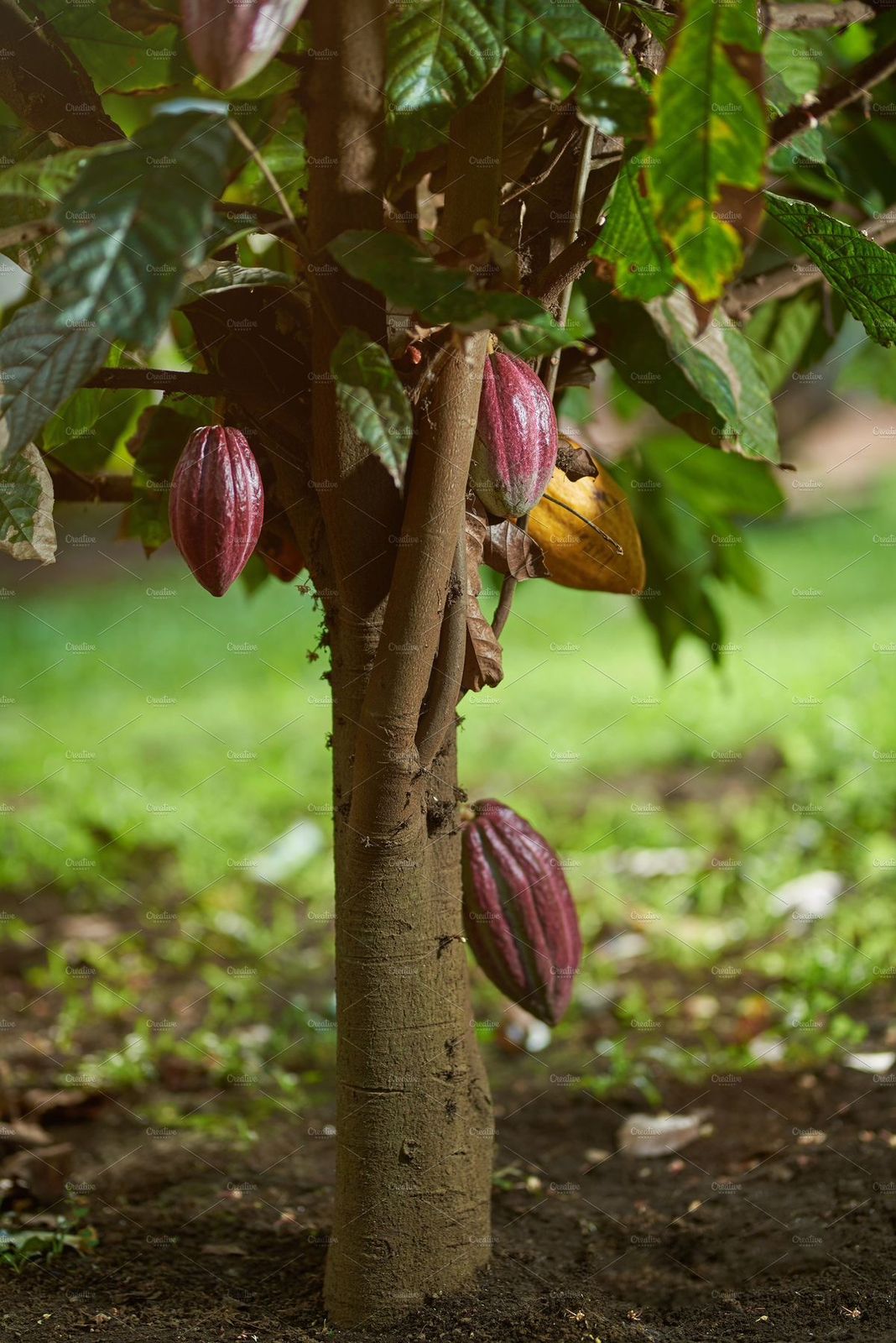
End note, The decreasing supply of cocoa beans brought on by viral threats to cacao trees is posing unprecedented challenges for the global chocolate industry, which consumers may soon feel through rising chocolate prices. Millions of cacao farmers in West Africa face serious economic threats as a result, and chocolate may soon become a luxury good for many.
Ⓒ Copyright 2024. All Rights Reserved Powered by Vygr Media.

